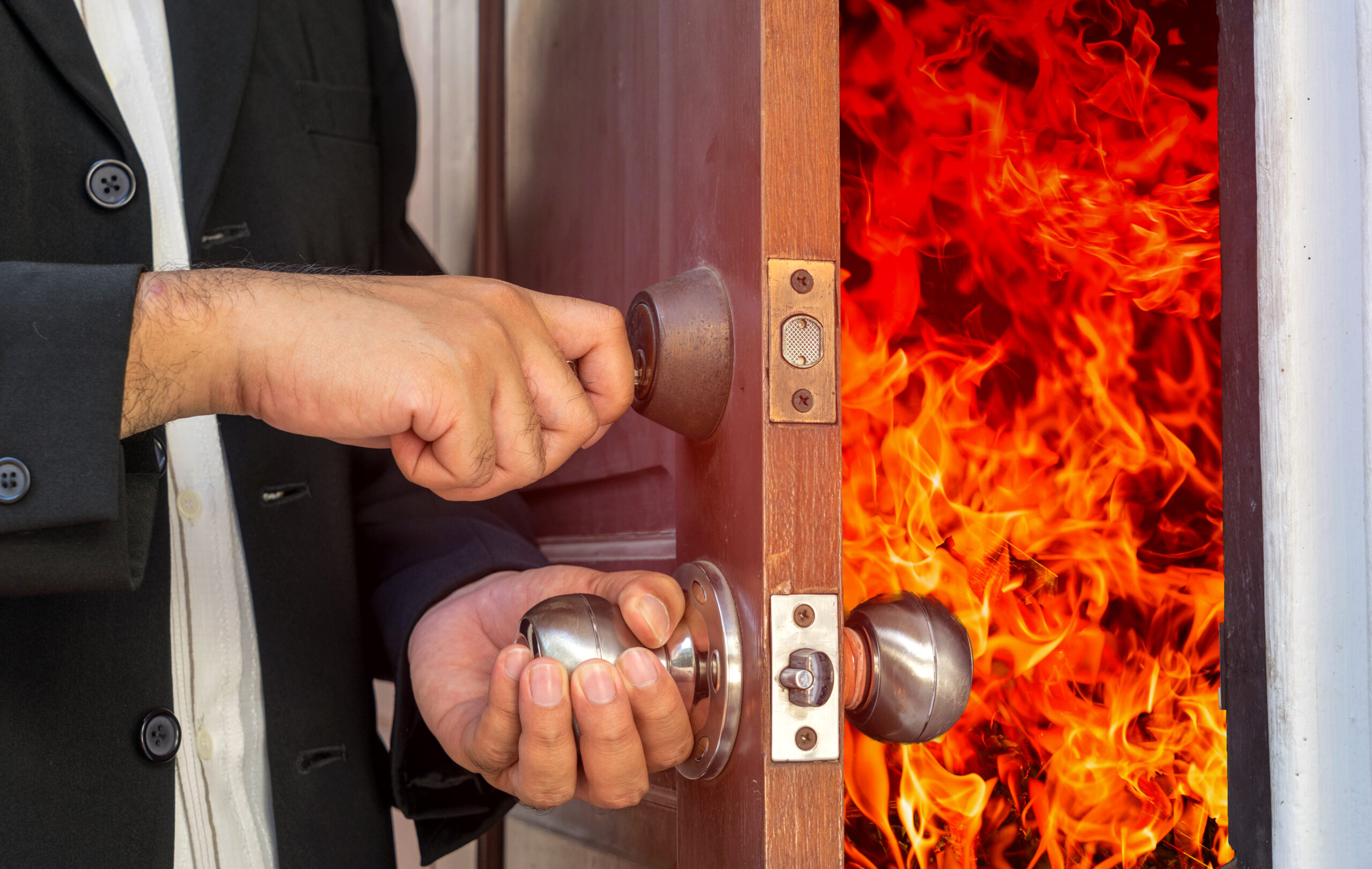Fire Safety (England) Regulations 2022
The Fire Safety (England) Regulations 2022 (the Regulations) implement most of the recommendations of the Grenfell Tower Inquiry Phase 1 report. The Regulations are being introduced under Article 24 of the Fire Safety Order and will come into force on 23 January 2023. The regulations cover residential buildings of all heights with additional requirements for those over 11m and 18m, see below.
In all multi-occupied residential buildings with two or more sets of domestic premises, responsible persons will be required to:
- Fire Safety Instructions: provide relevant fire safety instructions to their residents, which will include instructions on how to report a fire and any other instruction which sets out what a resident must do once a fire has occurred, based on the evacuation strategy for the building.
- Fire Door Information: provide residents with information relating to the importance of fire doors in fire safety.
In addition to the above in residential buildings with storeys over 11 metres in height, responsible persons will also be required to:
- Fire Doors: undertake annual checks of flat entrance doors and quarterly checks of all fire doors in the common parts.
In high-rise residential buildings, those over 18m or seven storeys in addition to all the requirements above, the responsible persons will also be required to:
- Building Plans: provide their local Fire and Rescue Service with up-to-date electronic building floor plans and to place a hard copy of these plans, alongside a single page building plan which identifies key firefighting equipment, in a secure information box on site.
- External Wall Systems: provide to their local Fire and Rescue Service information about the design and materials of a high-rise building’s external wall system and to inform the Fire and Rescue Service of any material changes to these walls. Also, they will be required to provide information in relation to the level of risk that the design and materials of the external wall structure gives rise to and any mitigating steps taken.
- Lifts and other Key Fire-Fighting Equipment: undertake monthly checks on the operation of lifts intended for use by firefighters, and evacuation lifts in their building and check the functionality of other key pieces of firefighting equipment. They will also be required to report any defective lifts or equipment to their local Fire and Rescue Service as soon as possible after detection if the fault cannot be fixed within 24 hours, and to record the outcome of checks and make them available to residents.
- Information Boxes: install and maintain a secure information box in their building. This box must contain the name and contact details of the Responsible Person and hard copies of the building floor plans.
- Wayfinding Signage: to install signage visible in low light or smoky conditions that identifies flat and floor numbers in the stairwells of relevant buildings.
References:
Government Fact Sheet on Fire Safety (England) Regulations 2022 - available at: https://www.gov.uk/government/publications/fire-safety-england-regulations-2022/fact-sheet-overview
National Fire Chiefs Council Guidance on the Fire Safety Act 2021 and Fire Safety (England) Regulations 2022 – available at: https://www.nationalfirechiefs.org.uk/Fire-Safety-Act-2021-and-Fire-Safety-England-Regulations-2022
